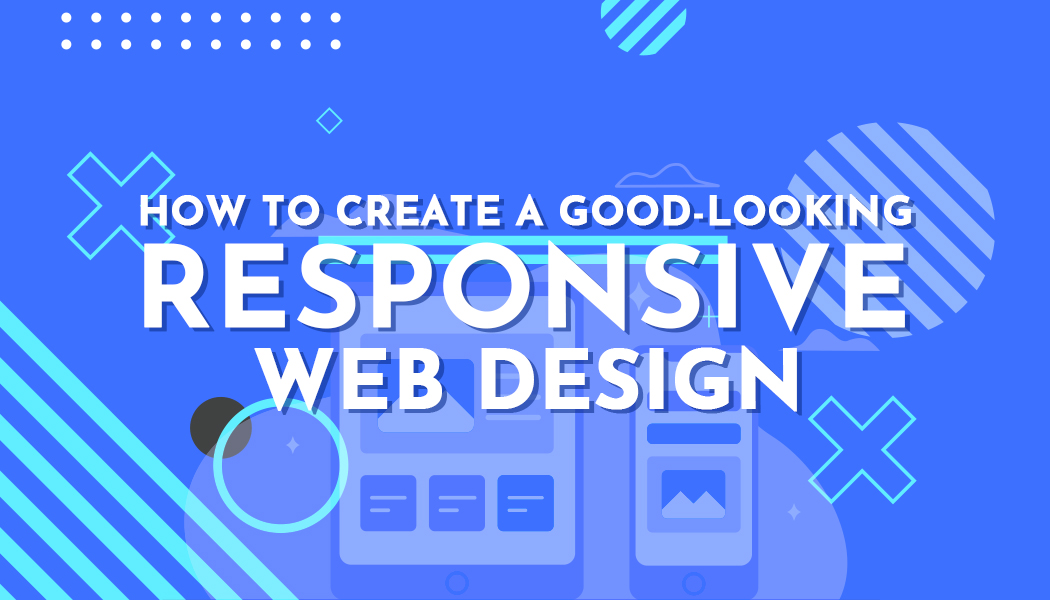How to Create a Good-Looking Responsive Web Design
Websites remain the main channel for attracting new clients in many companies. It’s not surprising given an ever-rising number of Google searches.
But all these companies using websites for acquiring clients should bear in mind that time tracker with screenshots 63% of search traffic falls on mobile devices. That’s why you have to make sure the design looks good on mobiles to bring clients more respect from Google and conversions from users.
In this article, we’re figuring out how to create a website with responsive design and when do your customers need to complement the website with a mobile app.
Responsive Website Vs. Mobile App
It’s difficult to deny the impact of SEO on commerce organizations. I mean, 93% of online experiences begin with a search engine. Put simply, companies without well-designed and optimized websites are missing out on sales. So the website is basically a must-have for many organizations./p>
But what about mobile apps? Can a responsive website replace it and what are the benefits of mobile apps?
When a Responsive Website Alone Isn’t Enough
Let’s consider some cases when a responsive website can be not enough for your client.
Broader your audience
Yes, attracting users to websites is typically easier compared to mobile apps. But many companies build mobile apps to earn the loyalty of their customers and increase customer lifetime value (CLV).
That’s what Starbucks did with its app. It lets users earn rewards, make orders beforehand, and customize them. The application has definitely helped the company to reach out to a broader audience and make their digital experience a way better. Let’s face it: mobile apps simply fit better for those needs.
Increase sales
Mobile apps are applicable for almost any industry and businesses build them to increase revenue. However, there are cases when consumers prefer mobile applications over websites or treat them almost equally.
Here are several examples from the IAB report:
- Purchase a product or service. 47% prefer websites and 39% mobile apps.
- Book a service. 45% prefer websites and 39% mobile apps.
- Pay a bill. 28% prefer websites and 60% mobile apps.
As you can see, the breakaway is small. At the same time, those users preferring mobile apps over websites can go to competitors who already have an app.
Offline mode
Websites don’t work offline. In other words, users won’t be able to use the website without an internet connection. If your client’s product can benefit somehow from the offline mode or is targeted at countries with poor or expensive internet, the availability of offline access can bring a competitive advantage.
When a Responsive Website Is All You Need
Now, let’s consider some cases when your clients need a responsive website only.
Online presence
It’s a good idea to launch a website for a basic online presence. If your clients want to have a company page on the internet with descriptions and contacts that customers could find, a simple responsive website is a great fit for your client.
No extra costs
Mobile apps are pretty expensive to develop. If the website can work across platforms (iOS, Android, browser), then mobile apps require a separate version for iOS and Android. It means your clients would spend more money to develop these apps compared to website development.
Also, they’ll spend less money on updating websites compared to mobile apps. There is just one website version they have to maintain versus an app for Android and iOS. They’re updated separately by different developers as Android apps run on Kotling programming language, while iOS apps run on Swift.
How to Create a Good Responsive Web Design
So, let’s now consider how to create a web design in a responsive way. We’ll talk about some tricks that can help you design a better responsive website.
Think About Content in the First Place
Yes, it’s not a mistake. Website content such as texts and images should come first. It’s often the case that web designers create a design and only then request texts from a customer or in-house copywriter.
This may lead to improperly displayed elements on the page forcing designers into making changes to design or copywriters into rewriting their texts.
Here’s the best way to arrange the web design process:
- Copywriters complete texts.
- Designers find images and logos.
- Designers create wireframes for each website’s page.
- Developers review wireframes and make changes if necessary.
- Designers start creating the prototype.
Fonts Matter
It’s often the case that designers pay more attention to the overall website UI rather than separate details like typography. But this approach doesn’t always work well.
The first thing designers should pay attention to is typography and navigation. After thinking them through, it’s easier to design a responsive website that looks good and balanced in all aspects. Otherwise, you may end up with a good user interface having poor fonts and navigation.
Test Your Screens
Designing a responsive website, it’s important to remember about testing your screen on various resolutions to see how it looks like on desktops, mobiles, and tablets with different screens.
This is the only way to prove your design on “content shifts” caused by switching from one resolution to another. Without this, you may get some changes from the development and Quality Assurance teams.
Compatability With Browsers
It’s rather a task for developers but you should double-check how the resulting pages are displayed across different browsers. The point is that different browsers display code differently which may affect the overall look and feel of your design.
Animations, colors, element placements can all go a little bit wrong if developers and QA engineers don’t pay enough attention to design details. That’s why it’s a good idea to send the website to designer for double-checking before releasing it. Some companies and teams practice this approach.

Wrapping Up
As you see, there are many details you should keep in mind to design an amazing-looking responsive website. They include the elaboration of basic elements like fonts and navigation and work with such untrivial for some designers task as post-development check.




